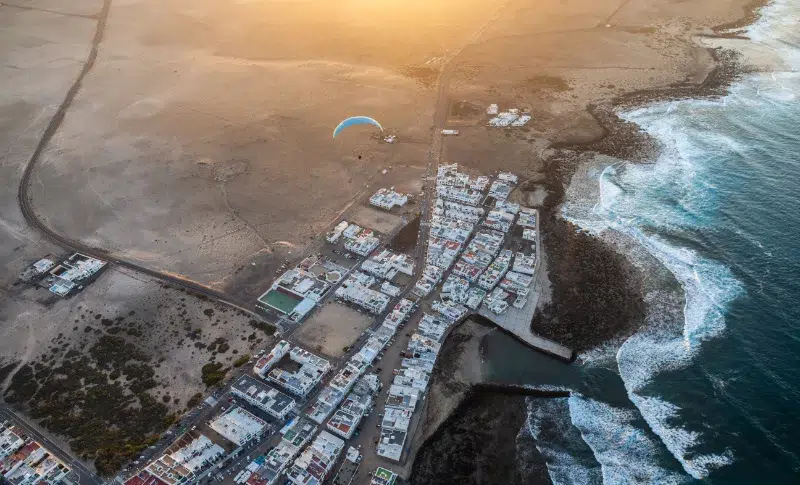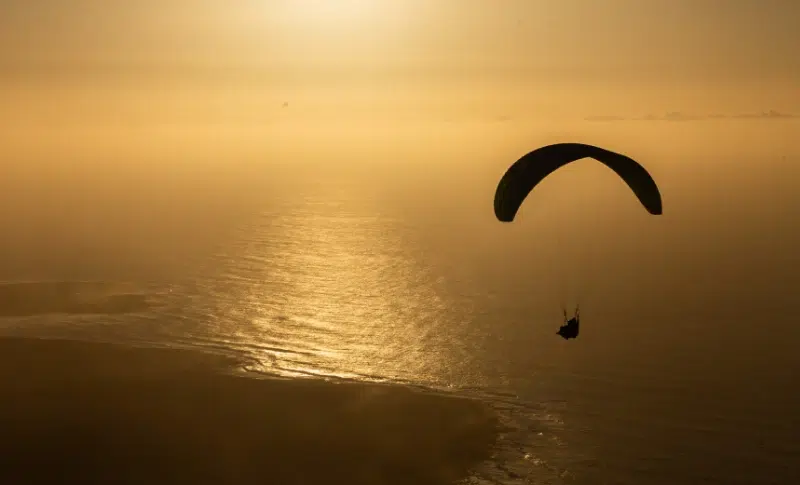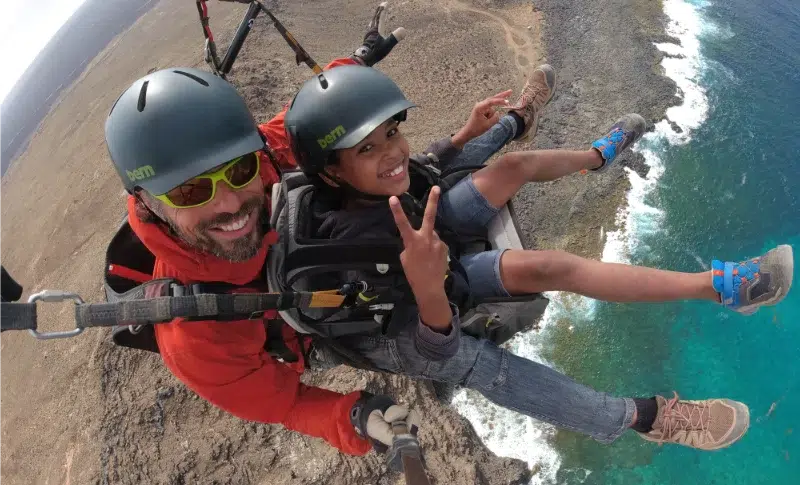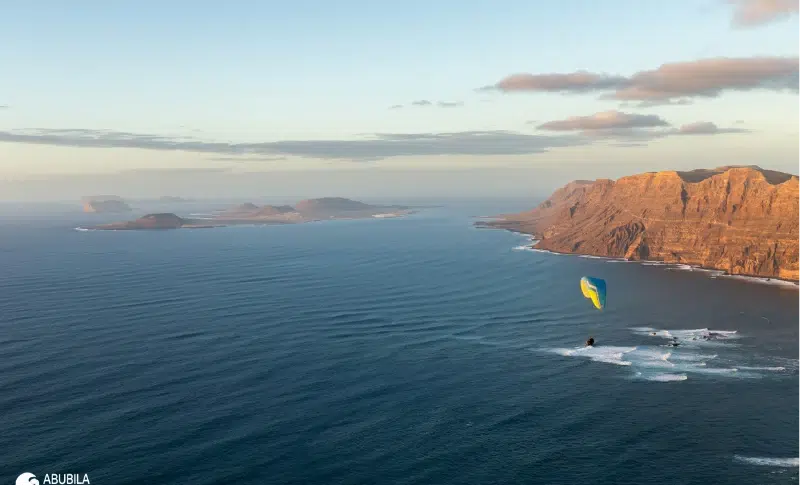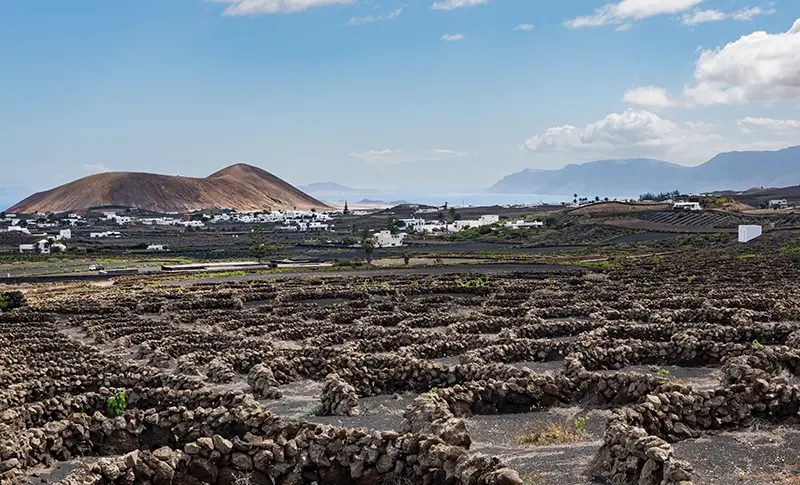
Lanzarote, an island with a thousand faces
Lanzarote is a Spanish island in the Atlantic Ocean, part of the Canary Islands. It’s a dream destination for nature and culture lovers. Lanzarote offers a diversity of landscapes, activities and heritage treasures that leave no one indifferent. In this article, we invite you to discover the main attractions of this fascinating island.
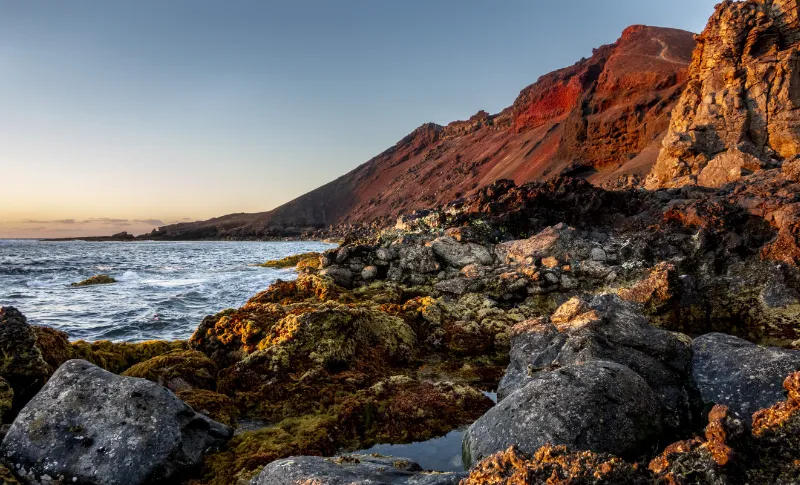
image credit @lanzabubila
The history of Lanzarote, marked by fire and water
Lanzarote was formed around 15 million years ago by volcanic eruptions under the sea. The island has subsequently undergone several eruptive episodes that have shaped its relief and geology. The most recent was in the 18th century, when the Timanfaya volcano erupted for six years, covering a quarter of the island with lava and ash. Today, Lanzarote is a lunar landscape, dotted with craters, lava tunnels and fields of black rock.
But Lanzarote is not just a barren wasteland. The island enjoys a mild, sunny climate all year round, with average temperatures between 18°C and 25°C. Thanks to the trade winds, the air is fresh and pleasant, and humidity is low. The island is also bathed by the crystal-clear waters of the Atlantic, which offer a variety of seabeds, populated by colourful fish, coral and shipwrecks. This makes Lanzarote a paradise for divers, surfers and swimmers.
The culture of Lanzarote, a blend of influences
Lanzarote has been inhabited since ancient times by the Guanches, a Berber people originally from North Africa. They left traces of their presence in caves, rock engravings and mummies. In the 15th century, the island was conquered by the Spanish, who introduced Christianity, the Castilian language and agriculture. Lanzarote was also attacked by pirates and privateers, who plundered its wealth and inhabitants.
Lanzarote has managed to preserve its cultural identity, despite outside influences. The island has a unique architectural heritage, characterised by white houses with flat roofs and coloured doors. These houses are often surrounded by dry stone walls, which protect the crops from the wind. Lanzarote is also renowned for its local produce, including fruit and vegetables (potatoes, tomatoes, onions, squash, etc.), goat’s cheese, honey and wine.
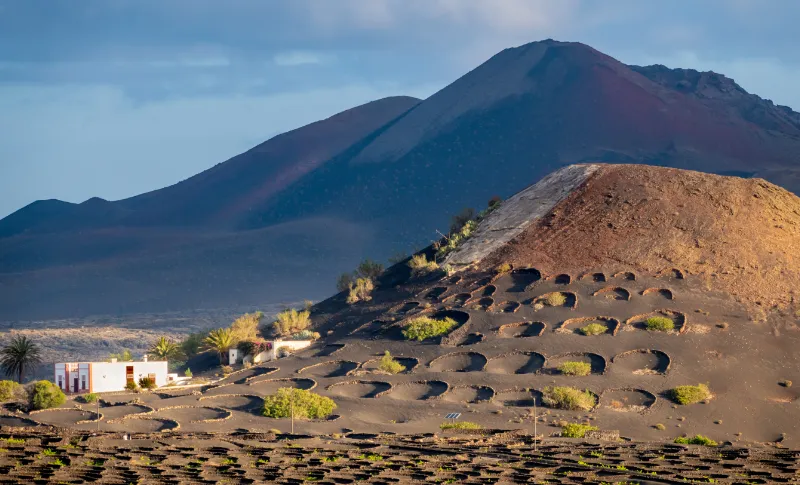
image credit @lanzabubila
Lanzarote wine, a nectar from an exceptional terroir
Lanzarote has been producing wine since the 16th century, thanks to an original and ingenious process. Winegrowers dig holes in the layer of volcanic ash that covers the soil, known as picón. They plant the vines in these holes, which draw water from the picón. They then surround each hole with a small circular stone wall, which protects the plant from the wind.
The result is the breathtaking landscape of La Geria, where a quality wine with fruity, mineral aromas is produced. Lanzarote has five Designations of Origin (D.O.C.): La Geria, El Grifo, Los Bermejos, Rubicón and Vega de Yuco. The most widely grown grape varieties are malvasia (white), listán negro (red) and moscatel (sweet). The wine can be enjoyed in the bodegas (wine cellars), where you can also sample the local cuisine, based on fish, meat and cheese.
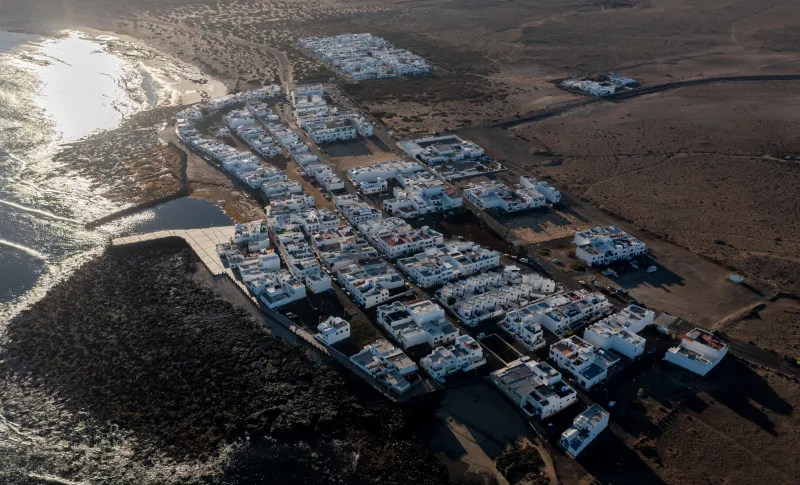
image credit @lanzabubila
The white villages of Lanzarote, jewels to be discovered
Lanzarote has many picturesque villages, which contrast with the volcanic landscape. These villages are called “white” because their houses are painted with lime, giving them a special luminosity and elegance. Some of the most beautiful villages on Lanzarote include :
Haría
located in the Valley of a Thousand Palm Trees, a green oasis in the north of the island. Haría is the birthplace and resting place of the famous artist César Manrique, of whom more later.
Teguise
the ancient capital of Lanzarote, founded in the fifteenth century. Teguise boasts a rich historical and cultural heritage, with its castle, church, museums and markets.
Yaiza
voted Spain’s most beautiful village on several occasions. Yaiza stands out for its architectural harmony and its proximity to Timanfaya National Park, where you can admire volcanoes and geysers.
Arrieta
a fishing village on the north-east coast of the island. Arrieta is famous for its golden sandy beach, turquoise lagoon and seafood restaurants.
César Manrique, the genius who transformed Lanzarote
César Manrique (1919-1992) is undoubtedly Lanzarote’s most emblematic figure. This multidisciplinary artist (painter, sculptor, architect, landscape gardener, etc.) created a symbiosis between art and nature, respecting the environment and the island’s identity. His original and spectacular works are now must-see tourist attractions. Among his most remarkable achievements are :
The César Manrique Foundation
located in his birthplace in Haría. It is a museum that exhibits his works and collection of contemporary art, as well as a cultural centre that promotes his ideas and values.
The Mirador del Río
a lookout point 400 metres above sea level on the Risco de Famara. It offers panoramic views of the neighbouring island of La Graciosa and the Chinijo archipelago. The viewpoint is built into the volcanic rock, with a modern, elegant design.
The Jameos del Agua
a series of spaces set in natural cavities formed by lava flows. There is an auditorium, a restaurant, a tropical garden and an underground lake, home to an endemic species of small albino crabs.
The Cactus Garden
a botanical garden containing more than 10,000 cacti of different shapes and colours. The garden is located in a former volcanic stone quarry, which has been transformed into a plant amphitheatre.
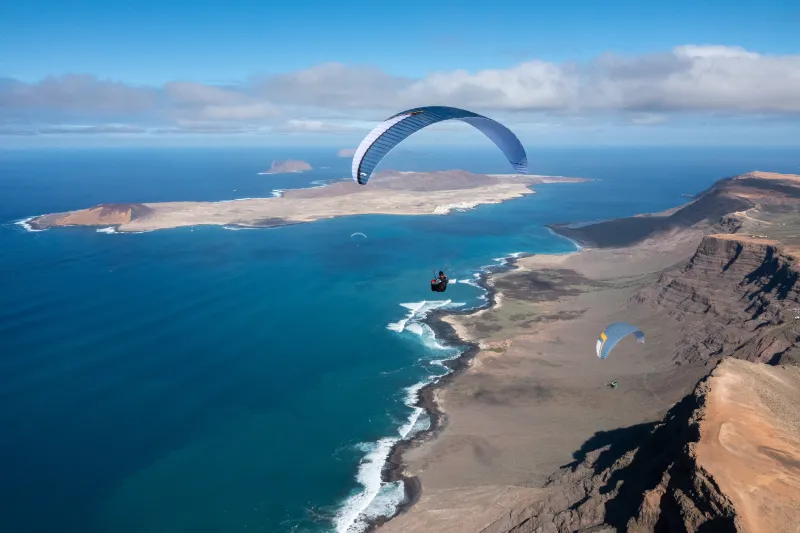
image credit @lanzabubila
Tandem paragliding, a unique experience in Lanzarote
If you’re looking for an original and exciting activity in Lanzarote, we suggest you try an unforgettable experience: tandem paragliding! Tandem paragliding involves flying in tandem with a qualified instructor, who is responsible for piloting the paraglider. You don’t need any previous experience or specific equipment. Just let yourself be guided and enjoy the show!
Tandem paragliding allows you to discover Lanzarote from a different angle, flying over its breathtaking landscapes. You’ll be able to admire the island’s beauty from the air, and feel the sense of freedom or adrenalin that free flight brings. You’ll also be able to choose the type and duration of your flight, according to your wishes and your level.
in conclusion
Lanzarote is truly an island with a thousand faces, where the forces of nature and the resilience of its people have created a unique and captivating destination. From its volcanic landscapes to its rich cultural heritage, this island offers a diverse range of experiences that will leave you spellbound.
In a nutshell, Lanzarote‘s multifaceted beauty, shaped by its geological history and cultural diversity, is an open invitation to explore, experience, and appreciate the wonders of this remarkable island. Whether you’re drawn to its volcanic landscapes, its cultural riches, or the thrill of paragliding, Lanzarote promises an unforgettable journey. So, come and discover the myriad faces of Lanzarote for yourself; you won’t be disappointed.

